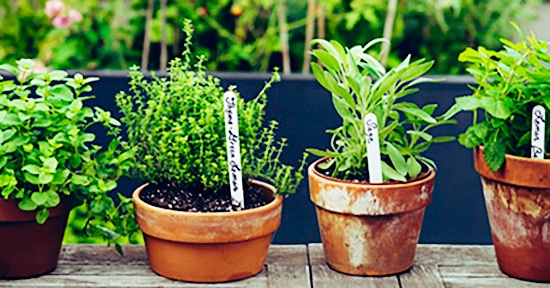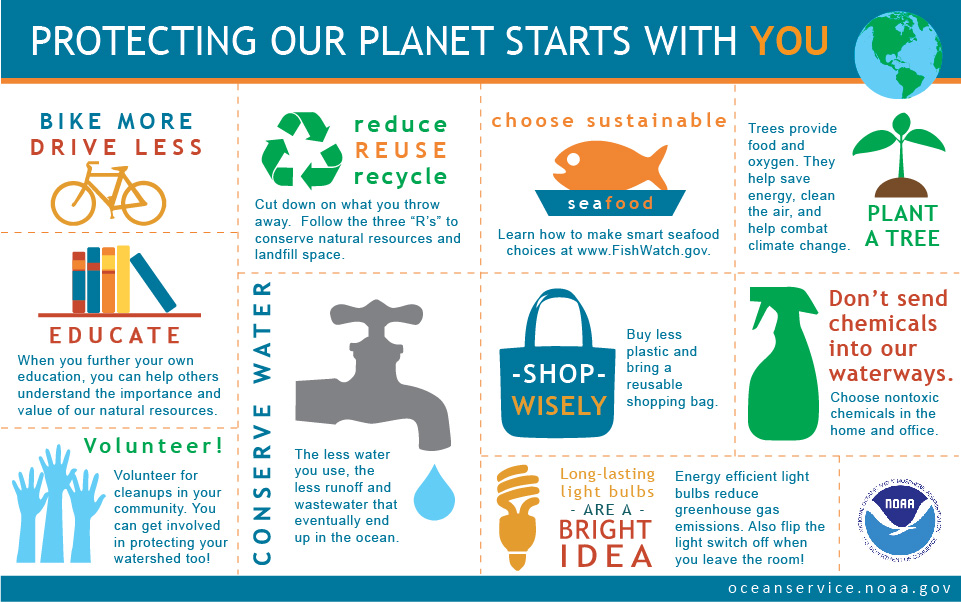Going Green
Simple Things We Can Do to Help Protect the Earth...
- Use long-lasting light bulbs. Energy efficient light bulbs reduce greenhouse gas emissions. Also flip the light switch off when you leave the room!
- Conserve water. The less water you use, the less runoff and wastewater that eventually end up in the ocean.
- Choose sustainable. Learn how to make smart seafood choices online at fishwatch.gov.
- Plant a tree. Trees provide food and oxygen. They help save energy, clean the air, and help combat climate change.
- Don't send chemicals into our waterways. Choose non-toxic chemicals for your home and garden
- Reduce, reuse, and recycle. Cut down on what you throw away. Follow the three "R's" to conserve natural resources and landfill space.
Educate
When you further your own education
you can help others understand the
importance and value of our natural resources
~
Going Green?

Sometimes collecting art and objects is viewed as stuffy and old-fashioned but today, buying art, sculptures or furniture can be an important experience and ecologically responsible. More people of all generations are looking at the way we consume and how it impacts the planet. Growing trends focus on ethical consumption and urging people to thrift clothing instead of fueling the existing clothing market.
The very same idea can be applied to the items within your home.
Essential art and objects can be an important part of an eco-friendly lifestyle. By recycling and reusing items, we experience something new in our life that also helps slow the demand for modern furniture and product markets that utilize massive amounts of wood, synthetic materials, and plastics.
Perhaps a few suggestions to think about...
- Keep in mind, there is a difference between antiquing and building a collection. Building a collection takes time and often a larger budget and should be done with care, while antiquing is more about hunting for items to use within your home.
- If possible, try to get your hands on a piece of art or an object. We all reflexively use Ebay and Amazon, but there is a lot to be said for holding something in your hands and supporting a local thrift store or art gallery when you buy their products.
- Figure out what objects you need in your home and then see if you can find an equivalent before looking at a modern company. Traditional furniture can have significant value as well as sustainability. Modern furniture may not stand the test of time unless it is from a premier designer like Herman Miller.
- Don’t be afraid to ask questions! If you’re not sure about a particular item or style don’t be afraid to find a pro and ask for their help.
- Always check for condition. If something is in poor condition are you up to the challenge of fixing it on your own or paying for someone else to make any necessary repairs.
Don’t like the color of that new chest of drawers?
Please, please make sure you’re not painting or staining over an original patina and then have fun with your project. Up-cycling isn’t a crime as long as you do your research and confirm you aren’t damaging an original finish or an important piece. Ask a friend or a professional if you are not certain.
~ Contact us today! ~
This email address is being protected from spambots. You need JavaScript enabled to view it.
Pennsylvania: 215-694-0834
Delaware: 302-650-3153
- Hits: 26129
